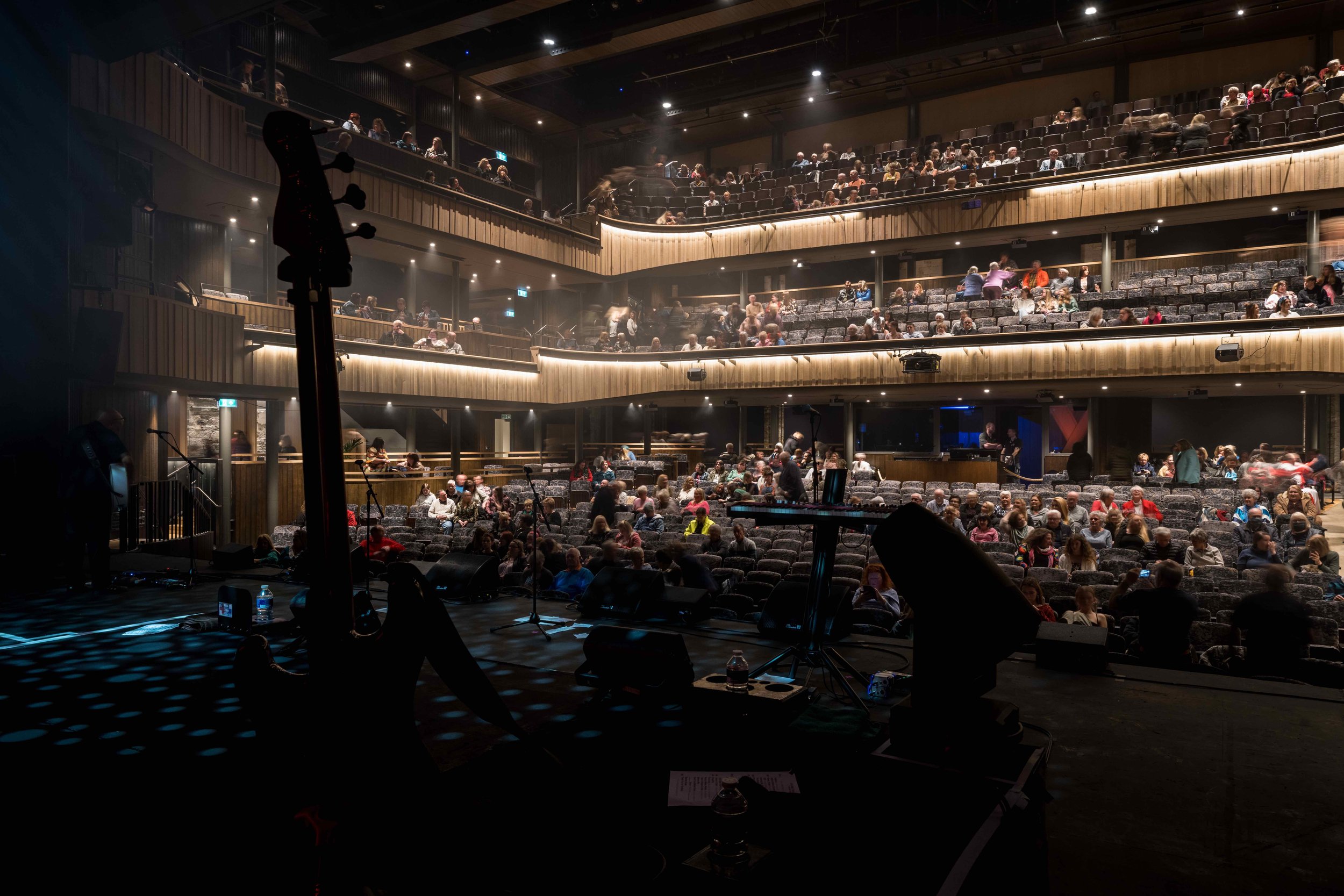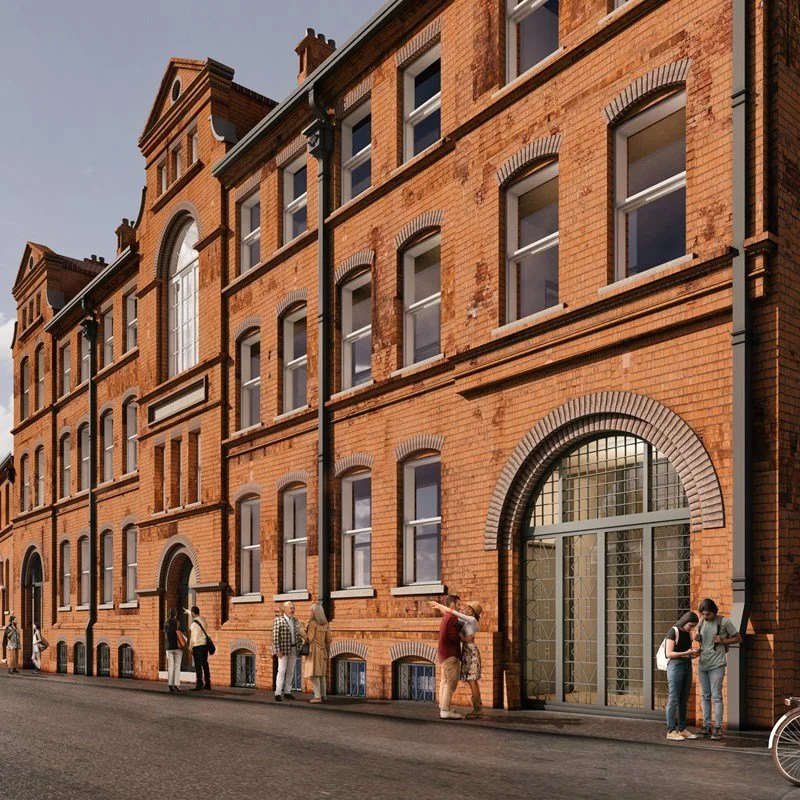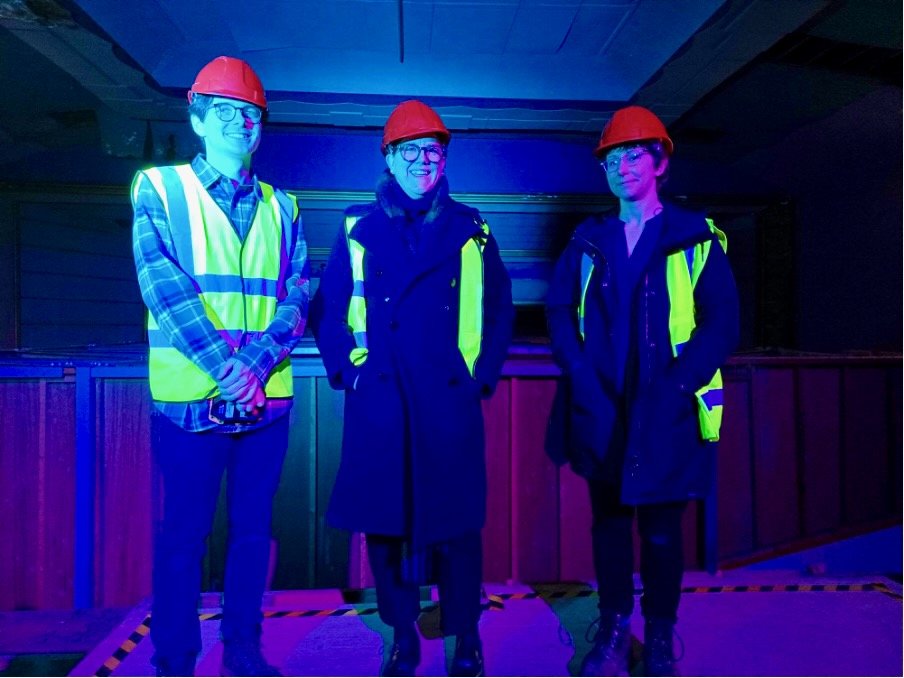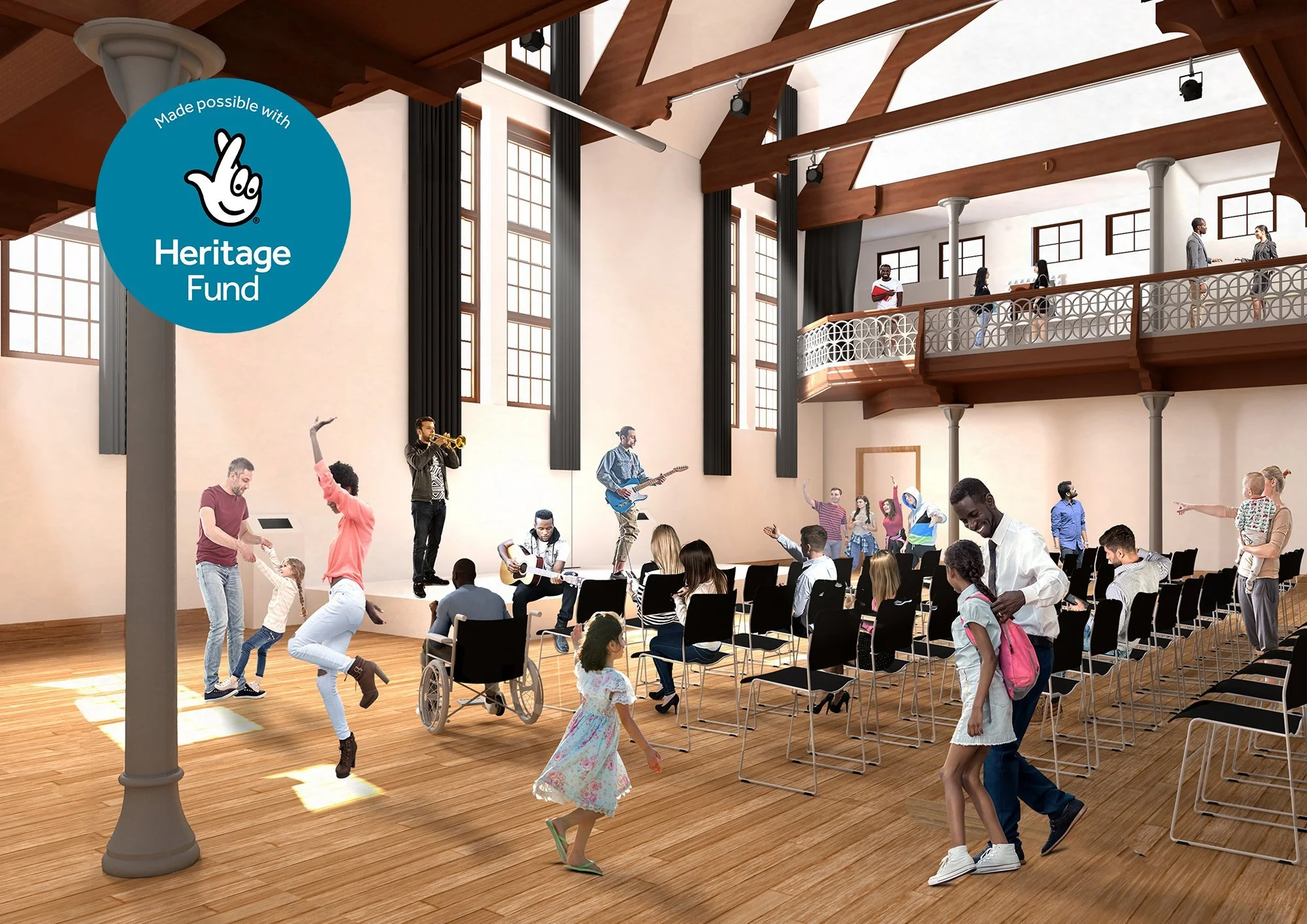Research recently published in the Journal Urban Design International has examined the influence of features of urban design on perceived social attributes and quality of life. The article is based on comparative on-site assessments and survey research carried out in Angell Town London, which was designed by Burrell Foley Fischer, and another development in Oxford. It found that residents in Angell Town, designed using strong urban design principals, have a stronger sense of community, more satisfaction and a richer perception of quality of life within their neighbourhood.
Article Abstract
Although a well-planned and well-designed neighbourhood might seem essential for the social life and satisfaction of the residents of a neighbourhood, there is a limited amount of research that examines the influence of features of urban design on perceived social attributes. This article, based on comparative on-site assessments and survey research carried out in Angell Town (London) and Greater Leys (Oxford), UK, deliberately selected according to their contrasting types of planning/design, aims to investigate whether the situational, morphological, spatial, and aesthetic features of urban environment impact on neighbourhood attachment, satisfaction, and quality of life.
Overall, the evidence from this study shows that perceived social attributes and quality of life are strongly linked to urban design and physical environment characteristics, as well as perceived physical attributes of the neighbourhood. The respondents of Angell Town, a consciously designed development, were found to have a stronger sense of community, more profound sense of the neighbourhood as home, stronger agreement on the friendliness of their neighbourhood, stronger attachment to their neighbourhood, more satisfaction with their neighbourhood, and richer perception of quality of life in their neighbourhood, compared to respondents of Greater Leys, a typical development based on planning that ignores urban design principles
The Angell Town project began as a pilot scheme in Brixton, South London, to address the design and management problems typical of a 1970s deck-access estate. The initiative to improve the environment of what had become a ‘sink estate’ and which led to Burrell Foley Fischer's appointment came initially from the tenants, who were very keen to make sure that the proposals by the London Borough of Lambeth were tailored to the needs and desires of people of the estate. The Pilot Project became a radical remodelling of three floors of flats above garages and associated, poorly used external areas.
Fifteen new flats were given individual stair access, improved interiors, and additional rooms by converting the redundant access walkway. Disused car parks were converted to create a new square with a safe play area to replace a previously unused, railed-off area of unattractive grass. Apart from improving the housing and urban environment, an essential component of the regeneration of Angell Town was the introduction of a range of facilities to encourage street level activity. The Pilot Project led to the residents agreeing to a full master plan for new houses, a mews and shared amenity areas and a total of 138 new dwellings designed with BFF and includes eleven self-built dwellings.
BFF’s work at Angell Town received many awards including a 2002 RIBA Award where the citation read:
“The architecture of this community housing for the London Borough of Lambeth is exemplary in many ways, but especially in the delightful quality of environment that is created for the users. This is a triumph for stakeholder power and the development programmes that are designed to support them.”
Burrell Foley Fischer have continued to apply and develop the Urban Design principles upon which Angell Town was based, with John Burrell receiving the Honour Prize at the 2017 International Making Cities Liveable Conference in New Mexico. BFF’s latest new housing for the London Borough of Islington will be completed this summer and we are currently designing a new mixed-use development planned for Salthouse Mills. This new ECO Village, on the site of a former paper factory overlooking Cavendish Dock and the Irish Sea, will provide around 700 homes, together with supporting commercial leisure and retail facilities, including cafes and restaurants.
The research by Derya Oktay can be read in the Urban Design International Journal here:
https://link.springer.com/article/10.1057/s41289-023-00218-z#citeas























































